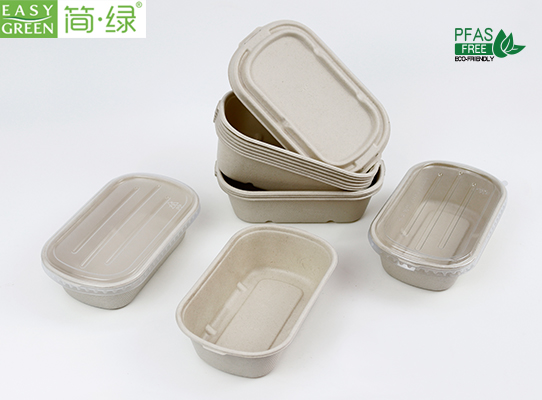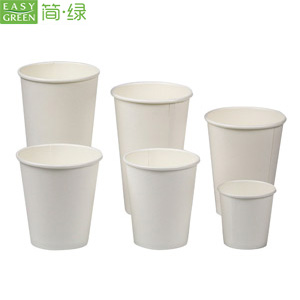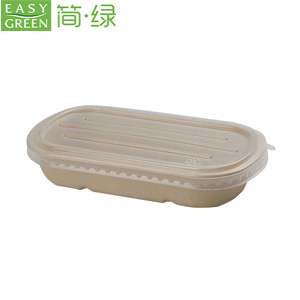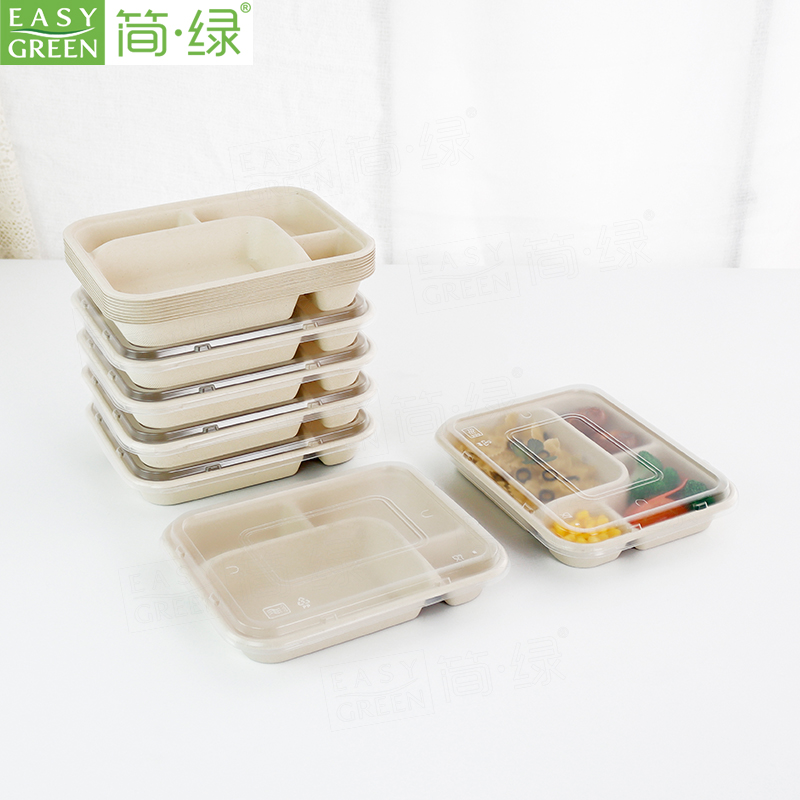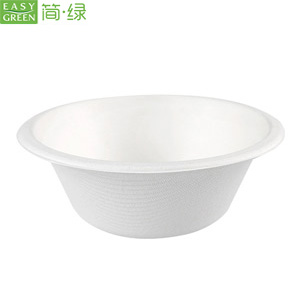Compostable tableware refers to tableware that can undergo biodegradation in the natural environment through the action of microorganisms (bacteria, fungi, algae) and enzymes. This leads to changes in appearance and quality from external moulding to internal changes, ultimately forming carbon dioxide and water.
1. There are two types of materials used in compostable tableware
One is made from natural materials such as paper products, straw, and starch, which are biodegradable and also known as eco-friendly products. The other is made primarily from plastic, with added substances such as starch and photosensitizers. Technical requirements for compostable tableware are specified in general requirements for disposable compostable food and beverage utensils. Specific requirements include a biodegradation rate of at least 60% and a starch content of no less than 40% for compostable tableware with starch components. Currently, most manufacturers of compostable tableware can meet these standards.
2. Technical requirements for compostable tableware
To make disposable compostable tableware, raw materials that are non-toxic, harmless, clean, and free from pollution, and that meet national food hygiene and environmental protection regulations and standards, should be used. The following materials, aids, coatings, and chemical agents should not be used to produce or process disposable compostable food and beverage utensils: 1) unprocessed natural materials or their crude products without decontamination treatment; 2) spoilt or contaminated materials; 3) materials with harmful substance content that fails to meet hygiene standards; 4) recycled materials; 5) fluorescent whitening agents.
Environmentally-friendly packaging should meet three criteria: easy to recycle, dispose of, and assimilate, which means easy to blend with the natural environment. However, even compostable tableware cannot decompose in a short time. Many compost products claim a decomposition time of three to six months, but this is determined under standard laboratory conditions. In natural conditions, decomposition is affected by temperature, humidity, and other factors, so compostable products need at least one year to decompose.
3. Identification of the quality of compostable tableware
Experts suggest three methods for identifying compostable tableware: observing, smelling, and tearing. First, check if the tableware has the QS logo and number. Second, check the surface of the tableware for smoothness, impurities, or black spots. Generally, transparent plastic tableware is made of pure polypropylene (PP) and has a higher safety factor. Colorful tableware may be made from waste plastic, so the darker the color, the less safe it is.
Second, test the strength by touching it. Tableware made from recycled waste or with large amounts of industrial-grade calcium carbonate or talcum powder added generally has poor strength and will tear easily.
Third, smell. It is to smell whether there is any peculiar smell in the lunch box, and the qualified lunch box cannot smell the smell.
The characteristics of the "black lunch box" can be summed up as follows: it is soft when pinched by hand, it breaks when it is lightly torn, it has a pungent smell when it smells, it is easy to leak when it is deformed by heat, there is a paraffin mark when it is folded by hand, and it sinks when it is torn into water. As long as you remember the above points, you can easily tell whether the compostable tableware is qualified.
 English
English 
